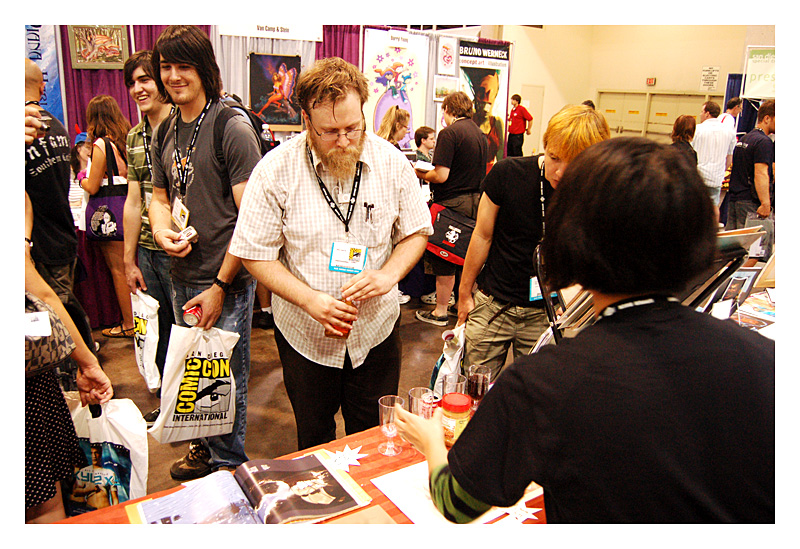

John and Mary become merely empty names there’s no reason to care for them. Without crisis, there’s no character development. Here the couple does not face any conflict, crisis, or tension. (Heck, their sex-life together doesn’t even fade!) Atwood offers Plot A as the stereotypical, cliched “happy ending.” The problem with Plot A, at least as far as storytelling goes, there’s no drama. “Happy Endings” primarily consists of 6 different bare-bone plots stemming from the very basic catalyst: “John and Mary meet.” Plot A – the one recommended it we want a “happy ending” – presents the ideal married life of Mary and John: they enjoy well-paying, fulfilling careers the value of their house skyrockets, their children “turn out well ” they go one vacation and even get to retire. ) Atwood’s goal is for the reader to contemplate what is the essence of a story. Did you notice those moments in “Happy Endings” when Atwood comments on the story she is writing? (For example, in plot C, the voice of the author mentions, “…this is the thin part of the plot, but it can be dealt with later”. With metafiction, the author becomes self-reflective about the act of writing. To clarify, in metafiction, an author writes a story in order make the reader think about the nature of a story. You may want to think of metafiction this way: it is a writer writing about writing. “Happy Endings” is an example of metafiction. In fact, we could even raise the question of whether it actually is a short story or not. So you may have found that this week’s reading left you with quite a few questions, such as, “What did I just read?” Margaret Atwood’s “Happy Endings” is not a typical short story. The story isn’t in the ending - it’s in what we do on the way there. We may die in infancy, in a gang war, in a nursing home. We may die in the heat of battle we may die in our sleep. Every story, carried to its ultimate logical conclusion, has the same ending, because all lives have the same ending. John and Mary die.’ As in ‘The Age of Lead,’ ‘Happy Endings’ forces us to question the point of life. You’ll still end up with A.’ What is the common denominator between all these scenarios? In case you missed it, Atwood sums it up in her concluding remarks. ‘If you think this is all too bourgeois, make John a revolutionary and Mary a counterespionage agent and see how far that gets you. In scenario F, Atwood hammers this point home. We are obviously getting the point that none of this really matters. Maybe Fred, after Madge’s death, devotes himself to bird watching rather than volunteer work. Maybe she’s not kind and understanding maybe she’s guilty and confused. It is in this scenario, incidentally, that Atwood begins to break down this encapsulated version of ‘fifty ways to write a story.’ Maybe it’s not Fred with the heart problems, she suggests maybe it’s Madge who has cancer. Madge nurses him until he dies, after which she selflessly devotes herself to volunteer work for the rest of her life.

They emerge ‘wet and dripping and grateful, and continue as in A.’ In scenario E, Fred is found to have heart problems.

In scenario D, Fred and Madge have no interpersonal problems at all, but their house is swept away by a tidal wave. Madge goes on to marry a nice man named Fred, and we continue as in A. John discovers Mary and James in bed together and shoots them before turning the gun on himself. Mary only sleeps with John because she pities him, and she is really in love with James, who rides a motorcycle. In scenario B, John sleeps with Mary, whom he doesn’t love he treats her abysmally, she commits suicide, and he marries Madge, whom he does love, and ‘everything continues as in A.’ In scenario C, Mary sleeps with John, who is married to Madge, who has become boring. In scenario A, John meets Mary and they have a perfect life, living together devotedly until they die.
#Happy endings margaret atwood person plus
The story is broken up into six possible life scenarios plus some concluding remarks. In content, it is a powerful observation on life.
#Happy endings margaret atwood person how to
In form, it isn’t so much a story as an instruction manual on how to write one. ‘Happy Endings’ is one of Margaret Atwood’s most frequently-anthologized stories because it is so unusual.


 0 kommentar(er)
0 kommentar(er)
